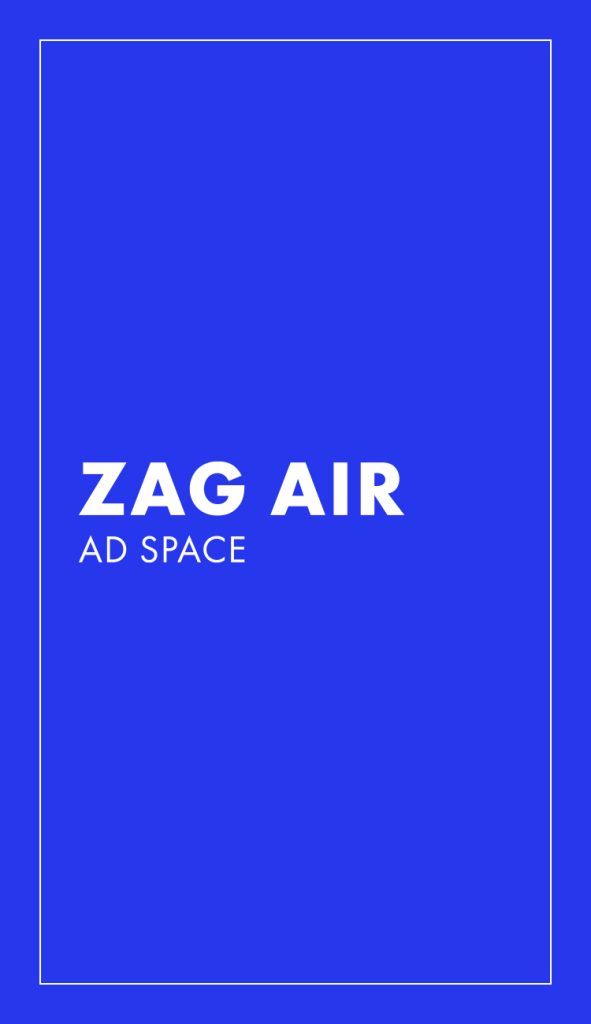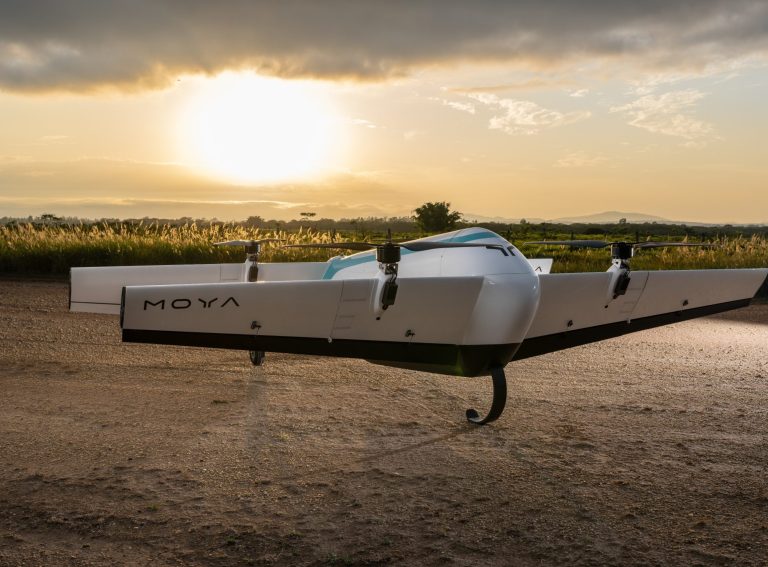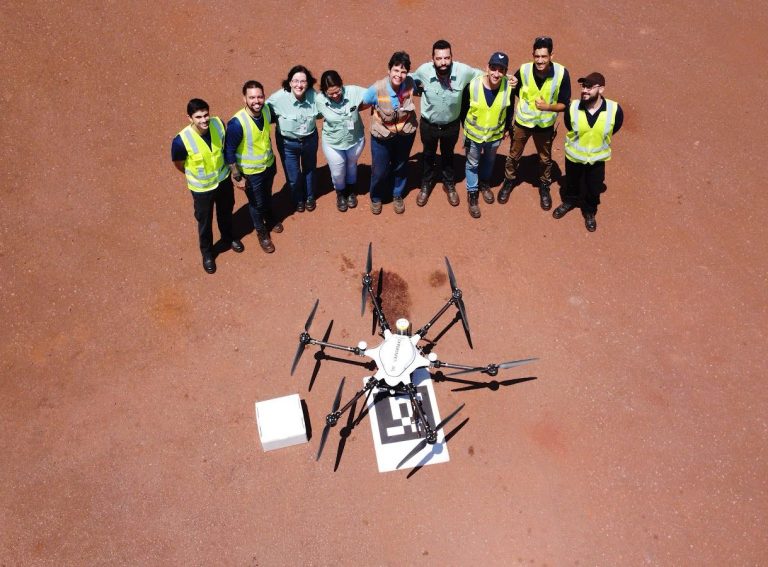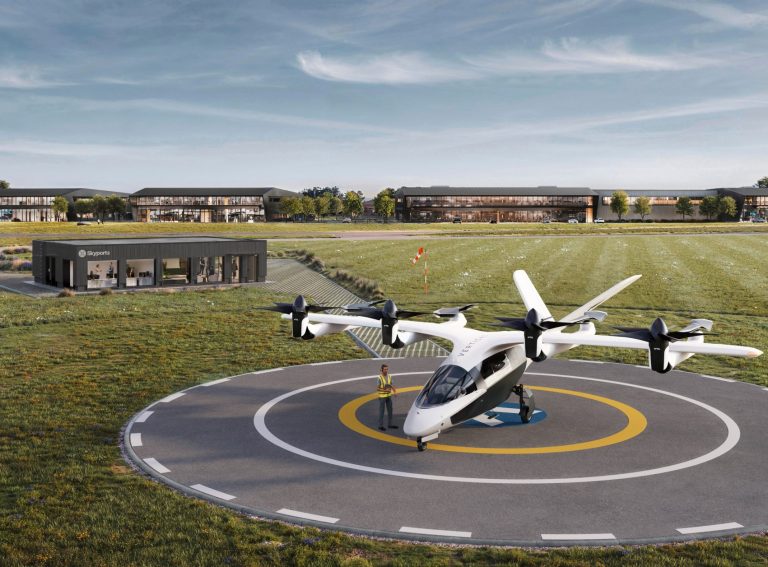Manta Aircraft uses advanced air mobility solutions to bridge regional distances through innovative aerial vehicles. Marchesini, originally from Argentina and educated in Italy, has a career across aviation, Formula 1, and high-tech industries. He began in aerodynamics at Pilatus Aircraft before moving to Sauber in Formula 1 and later leading high-tech projects in the semiconductor and aviation sectors. He now drives Manta’s mission to make regional air mobility accessible, emphasising specialised transport and rapid-response applications.
Zag Air: What set you on the path to Advanced Air Mobility?
Lucas: “I had been one of the first senior managers in Abu Dhabi’s aerospace company, Calidus. I was first responsible for the aerodynamics, flight physics and simulation office. In 2019 I returned to Italy from the Middle East after my partner died in an accident. After my return, discussions with some former colleagues and expert friends in aviation, sparked the idea of developing a new concept of AAM. In early 2020, we officially established Manta Aircraft in Switzerland and moved to Italy in 2022.
“Our team is composed of experts with over 25 years in aviation, spanning aircraft design, certification, and operational deployment. We wanted to create a vehicle platform rooted in practical expertise rather than theoretical concepts. The platform is named “ANN” in memory of my late partner, Annalisa, who was also a passionate pilot. That personal connection, combined with the exceptional team we brought together, was the foundation of Manta Aircraft and our commitment to making advanced air mobility a reality.”
Zag Air: How did you identify the hybrid-electric eV/STOL as the primary focus for Manta Aircraft?
Lucas: “We focus on Regional Air Mobility and to complete these missions we need an amount of power that the batteries can’t offer. Therefore we use the hybrid configuration, with a gas turbine, a generator and a small battery. This also means we need minimal ground infrastructure. Battery VTOLs face a delicate balance: if you increase the battery, you add weight, which in turn requires even more battery power to lift.”
Zag Air: How does climate factor into your mission?
Lucas: “Sustainability is critical for the environment but also for the business model. Weather will play a big role here. If you can operate only 150 days per year instead of 300 due to weather limitations, your revenue essentially halves. This makes the durability of operations under different weather conditions crucial, especially regarding wind and atmospheric precipitations. Turbulence generated by wind and ground obstacles is stronger than many realise. These winds create strong, localised turbulence that can make landing difficult and even pose risks to passenger safety. The effect of the above is seen on the design of the landing sites, or ‘vertiports’, which the architects need to design with a thought to airflow dynamics. Vertiports, buildings and natural obstacles can unintentionally create severe turbulence that the relatively light eVTOLs have to face during take off and landing.”
Zag Air: You’ve also written about the challenges of extreme temperatures, particularly for battery-operated VTOLs in hot climates.
Lucas: “Yes, operating in high temperatures, like in the Middle East, presents significant hurdles for battery-powered VTOLs. LiPo batteries function best at around 60°C, but intense use, especially in vertical takeoff/landing, heats them up. Cooling becomes a challenge. Liquid cooling systems are an option, but they add weight, complexity and cost. Air cooling relies on external temperatures, so when it’s 50°C outside, as it often is in places like the UAE, it’s difficult to cool batteries effectively. And that’s just the batteries—the passenger cabin also needs cooling to provide a comfortable experience; an A/C system requires additional energy that drains the battery even faster. It’s a cascade effect that makes pure electric VTOLs much more challenging than hybrid ones, to operate in extreme conditions.”
Zag Air: Now you’re venturing into the Chinese market. How did Manta Aircraft decide to explore a partnership with Shenyang Aviation?
Lucas: “We are working on the possibility of entering China; the speed of development there is incredibly appealing. I visited China for the first time last year, and it was clear that their pace of manufacturing, prototyping, and even regulatory approval is unlike anywhere else. This efficiency allows faster market entry—a critical factor for us.”
Zag Air: Is there a safety concern with China’s faster regulatory approvals compared to Western standards?
Lucas: “China tends to be more permissive, to have a faster pace, but safety is a paramount concern everywhere. Western aviation regulations are built on stringent safety principles, often developed in response to past accidents. China’s flexibility can allow more experimental operations, and they’re often in specifically dedicated areas, avoiding densely populated areas where risks would be higher. In projection, this concept makes regional, rather than urban, mobility more feasible in the early stages.”
Zag Air: Do you think Western countries view China as a competitor in this space?
Lucas: “Despite competitive tensions, Western industries—especially automotive and aerospace—regularly collaborate with China due to its manufacturing expertise. For example, the Airbus A220 fuselage is manufactured in Shenyang, likewise Boeing and Leonardo, have joint projects and ventures there. Rather than focusing solely on competition, we see collaboration as a strategic advantage in a global market where each side brings unique strengths.”
Zag Air: We’re seeing rapid advancements in Brazil, quick growth in China, and the U.S., but do you think Europe risks being left behind in this sector?
Lucas: Actually, I’m not worried. Very few years ago, everyone was predicting we’d see operational services by 2024-2025, but realistically, who will actually launch a full taxi service by then? Almost nobody. Even Joby, which I consider the front-runner, has pushed back their timeline. In my view, arriving one/two years later doesn’t change much, especially for us at Manta, as we’re focusing on regional air mobility rather than urban air mobility, where the competition is weaker. But, unlike urban air mobility, which may only work in a few major cities, regional air mobility has potential everywhere in the world. The business case for it is much stronger.
“The urban air mobility space has become highly competitive and trend driven. This is a kind of “herd mentality”, where everyone feels they must follow the same trends. Also the communication strategy was affected, when we think of the phase where everyone was announcing pre-orders, followed by a phase where every company touted partnerships with industrial giants, and so on.”
Zag Air: How has this “herd mentality” affected your approach at Manta?
Lucas: “It’s actually made things challenging but has also set us apart. When we introduced our hybrid propulsion, ducted fans, and winged design, we were among the “black sheeps.” While most companies opted for rotorcraft designs, which are essentially scaled-up drones, we chose an approach better suited for regional/interregional travel. This uniqueness made it harder to secure funding initially, as investors wondered if we were heading in the wrong direction. But we firmly believed in our approach because it made sense from a market perspective, followed by clear engineering decisions. Now we see that the sector is turning in this direction. In the end, pushing against the industry trend carries risks, but it also allows us to innovate and, for the RAM, offer a solution tailored for a broader, more sustainable market.”
Zag Air: What is the biggest milestone Manta Aircraft has achieved to date?
Lucas: “I’d highlight two major achievements. First, we’ve developed and tested an aircraft architecture that is both scalable and fundamentally sound. Through extensive wind tunnel testing and computational fluid dynamics (CFD) simulations, we’ve confirmed that it’s stable, controllable, and highly manoeuvrable—qualities that are essential for eventual certification. It flies like a conventional aircraft, which adds to its reliability, and it’s also received positive feedback on its design, with people often noting its Italian style.
“The second, less visible milestone is the development of proprietary design methods. Our platform isn’t a typical aeroplane or helicopter—it’s a hybrid, requiring new approaches for the calculations. Our team brings experience from both aviation and helicopter industries, but we quickly realised that traditional design methods didn’t apply completely. We had to create our own methods to accurately predict performance and capabilities for this new category of aircraft. This proprietary approach is key to our progress and sets Manta apart in the industry.”
Zag Air: Is there an individual or company outside of Manta that you believe is driving innovation in the AAM sector?
Lucas: “Absolutely. I have great respect for Joby Aviation and its founder, Joeben Bevirt, who I’d consider one of the pioneers in this space. He started Joby years ago and has truly shaped the eVTOL field—they’re essentially the originators of the industry as we know it. NASA also made important contributions early on, providing critical research that we and others in the sector benefit from today. Archer Aviation is another notable company. Though newer than Joby, they’re making impressive strides with a very focused approach. But if I had to highlight a ‘grandfather’ of today eVTOLs, it would be Joby Aviation.”




